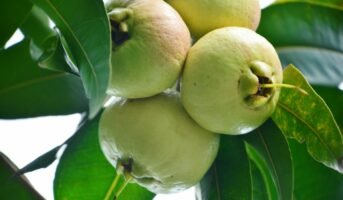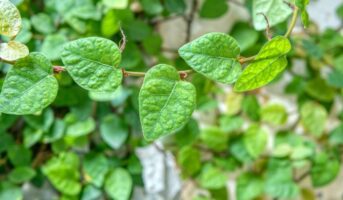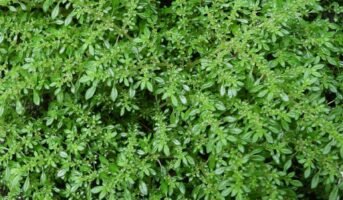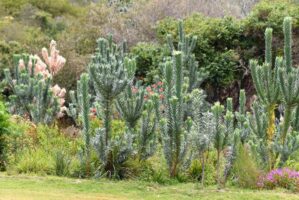The Babool tree, also known as the gum arabic tree, Egyptian acacia, or thorny acacia, is a flowering evergreen tree that was originally found in Africa. It has a lot of species like Vachellia nilotica subsp. adstringens, Vachellia nilotica subsp. cupressiformis, Vachellia nilotica subsp. nilotica, Vachellia nilotica subsp. tomentosa, etc.
The babool tree is usually found in dry areas where sandy soil is available. No rain areas are also good for babool trees. The tree has a yellowish flower and yellow fruit. There are a lot of medicinal benefits of the babool tree. If you are interested to learn more about the tree, here are all the details you should know before planting a babool tree.
Babool tree: Key facts
| Botanical name | Vachellia nilotica |
| Family | legumes |
| Common name | Babool, babul, gum arabica tree, thorn mimosa, Egyptian acacia |
| Plant type | Spiny, medium-sized, perennial tree |
| Native | Africa, the Middle Eastern region, the Indian subcontinent |
| Leaf type | Bipinnate, with 3–6 pairs of pinnulae |
| Flower Characteristics | Globulous headed flowers with a diameter of 1.2–1.5 cm, bright golden-yellow in colour, flowers are decorated axillary or whorly on peduncles |
| Height | 20-25 m |
| Season | All year round |
| Soil type | Any soil type is good for babool tree |
Babool tree: Physical description
Babool trees can grow up to a height of 30 metres on average. The bark of the tree is quite smooth and leathery.
The leaves of the babool tree are large and elliptical. Usually, the length of the babool tree can be 16 to 32 inches long.
The flowers of the tree can be yellowish-white to yellow.

Source: Pinterest
Exploring the cultural significance of Babool tree in South Asia
Babool tree is known as the ‘Healing tree’ because all parts of the Babool tree have different medical uses . For instance, chewing the bark of Babool tree takes care of the oral health, the decoction of the Babool tree is used to get relief from menstrual bleeding etc., the bark powder cures skin ailments like eczema.
The ecological importance of Babool tree for desert ecosystems
Known as the gum tree of the desert, Babool can survive in extreme harsh conditions as it requires very little water for growth. In the desert, its a life saver for animals, birds, insects and people. The leaves and seeds of the babool tree act as food for the animals, birds and insects.
Babool tree: A sustainable source of timber and fuelwood
The Babool tree wood is used for construction of ploughs, shafts, rice pounders, wheels, beams, door frames etc. As fuelwood, the charcoal made of Babool tree is of premium quality.
Babool tree: How to grow them?
Babool trees are easy to plant from a seed. You need to get some viable seeds from a trustworthy nursery or shop. Here is the process of growing a babool tree:
- You can collect seeds from a 7-year-old tree too. Usually, the germination process will start after 3 weeks.
- When the seed grows into a sapling, you need to place it in cold water.
- You can make use of various polytubes for good growth of the tree.
- Do not overwater the sapling; otherwise, it will rot soon.
- Not much fertiliser is required for the growth of a babool tree. At least till the young age of the tree, you should not provide fertiliser to the babool tree.
Babool tree: Maintenance tips
The babool tree is a very slow-growing tree. It can reach up to a height of 15 metres. Here are maintenance tips for the babool tree.
- The babool tree should be watered properly; otherwise, it will start drooping.
- Do not use any harsh fertiliser till it reaches young age. Excessive fertiliser will lower the growth rate of babool.
- Babool trees are sensitive to the winter season. If you are trying to plant a tree in your home, try to cover it while the weather is too cold.
- When the tree is growing, make sure to clean extra leaves at the bottom.
- Direct sunlight is not that much required.

Source: Pinterest
Babool tree: Is it toxic?
Babool trees have major health benefits. But the root of the tree is not good for humans and animals.
Babool tree: Benefits and uses in traditional medicine
Babool trees have a wide range of benefits. Here are some of those benefits of the babool tree.
- Babool trees are beneficial for Alzheimer’s disease. It can keep the acetylcholinesterase enzyme in a good state.
- Babool extract has good antimalarial properties, which can reduce the effect of malaria.
- Babool trees have an anti-ulcer property. It also reduces the chance of diarrhoea.
- Babool trees are good for oral health. It can strengthen the gum and teeth properly.
- Babool has a good number of antioxidants that will keep away inflammation, cancer, and diabetes.
- Babul decoction is good for treating menstruation bleeding.
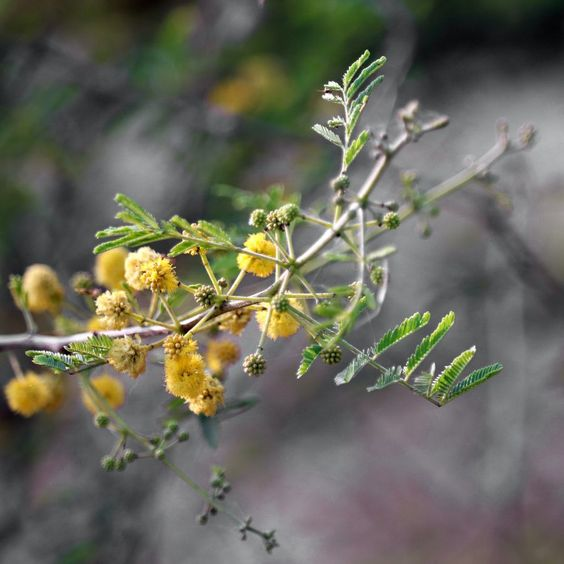
Source: Pinterest
FAQs
What are the other names of the babool tree?
Other names of the babool tree are babool, babul, gum arabica tree, thorn mimosa, etc.
Does the babool tree have any poisonous effects?
A few parts of the babool tree are not good for humans as well as animals. Otherwise, the tree has a good ayurvedic significance.
Is babool tree good for human health?
Yes, the babool tree has a lot of health benefits. It improves oral health, Kapha, pitta, urinary health, etc. It can improve oralhealth noticeably.
Housing News Desk is the news desk of leading online real estate portal, Housing.com. Housing News Desk focuses on a variety of topics such as real estate laws, taxes, current news, property trends, home loans, rentals, décor, green homes, home improvement, etc. The main objective of the news desk, is to cover the real estate sector from the perspective of providing information that is useful to the end-user.
Facebook: https://www.facebook.com/housing.com/
Twitter: https://twitter.com/Housing
Email: [email protected]

